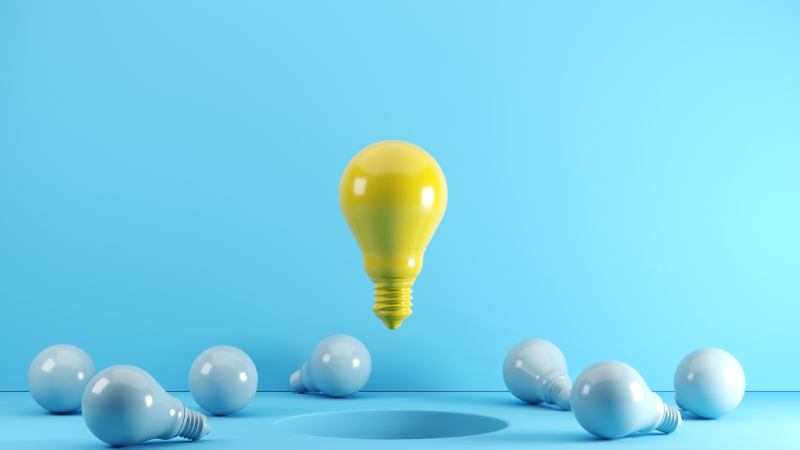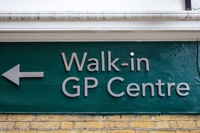
Following the publication of its “Competitiveness Compass” in January, the European Commission has published its Clean Industrial Deal and Action plan for Affordable Energy.
The EU aims to address concerns related to geopolitical tensions, energy security and a perceived loss of EU industrial competitiveness, in part due to high EU energy prices compared to other jurisdictions for energy-intensive industries.
The two recently-published communications outline a range of measures across areas that we have been following closely over recent years:
-
Reducing the cost of energy
-
How costs should be recovered from energy market participants
-
Other forms of support for EU industry
Reducing the cost of energy
A key nearer term priority for the EU is reducing cost of imported energy through addressing the cost of (largely) imported gas. The Commission has already set up a Gas Market Task Force to review how well wholesale gas markets are working, including considering financial regulation (we considered these issues in depth in a report last year for Energy Traders Europe). The Task Force’s work is due to conclude by Q4 2025.
More imminently (Q1 2025), the Commission will table a legislative proposal on the extension of gas storage filling obligations. The Commission has noted that “better coordination among Member States and more flexible filling trajectories, with the support of the Commission, can help to reduce system stress and avoid market distortion” – consistent with analysis by Frontier colleagues published the same day.
Over the medium- to longer-term, the EU aims to accelerate decarbonisation efforts (and, in so doing, reduce the its exposure to gas prices). The Commission’s view is that better sharing of energy resources among EU countries and ensuring a technology-neutral approach support for low-carbon technologies can help keep costs to a minimum.
It sees further development of cross-border energy infrastructure as key to achieving this. The Commission will publish a European Grid Package in Q1 2026, which will also set out potential reforms to the EU Trans-European Network-Energy (TEN-E) Regulation. We look forward to discussing this area further at our upcoming event in Brussels on 19 March.
Other initiatives include an Electrification Action Plan (Q1 2026), a White Paper on deeper electricity market integration (early 2026) and revisions to the Governance Regulation of the Energy Union (which currently sets out how Member State progress against EU climate and energy targets is tracked).
A common theme across the documents is a desire to make the most of the EU’s purchasing power on international markets and better connect demand and supply. As well demand aggregation and joint purchasing for natural gas, the documents discuss a proposed mechanism under the European Hydrogen Bank to and connect hydrogen offtakers and suppliers) and a new “matchmaking” mechanism for strategic raw materials (such as cobalt, copper and lithium). Working for the European Commission, we have previously highlighted the need for the design of mechanisms to carefully consider the characteristics of the product and market in question.

Cost recovery
As well as ensuring a least cost mix of resources, it is also important to consider how these costs are recovered, and the signals any cost recovery sends to energy consumers. The documents contain references to “more efficient network charges”. The intent is to provide users with signals that help make best use of available infrastructure and minimise the need for further investments. The Commission will put forward a design during Q2 2025 and, if necessary, follow up with legislative proposals in this area.
We regularly see the importance of getting network charging structures right in our work. Authorities need to ensure that participants have appropriate incentives to produce (or consume) at the right time and place, and on the right level of the network (transmission or distribution).
That said, in relation to tariff structure (similarly to taxes and levies on energy – also mentioned in the Action Plan for Affordable Energy), there are frequently trade-offs between economic efficiency, fairness and practicality, and there is rarely a one size fits all solution. There are also important interactions to consider between tariff structures and wider energy market design (in the case of network tariffs, with the growth of local flexibility markets).
Support for EU industry
Other measures focus on supporting EU industrial competitiveness in ways other than through energy prices. Much of the detail may yet be to come, since the Commission will engage in follow up discussions with key sectors such as steel and chemicals in the coming months.
Some of these focus on simply ensuring a level playing field in international trade. This includes simplification of the EU’s Carbon Border Adjustment Mechanism (CBAM) in Q1 2025, with a comprehensive review planned for H2 2025. An industrial decarbonisation Accelerator Act (Q4 2025) will aim to address barriers to permitting related to energy and industrial decarbonisation. And later this year, the Commission will pilot a scheme for funding industrial decarbonisation. We look forward to seeing how this builds on lessons learned from previous Commission-led support schemes, including those aimed at support for hydrogen production.








